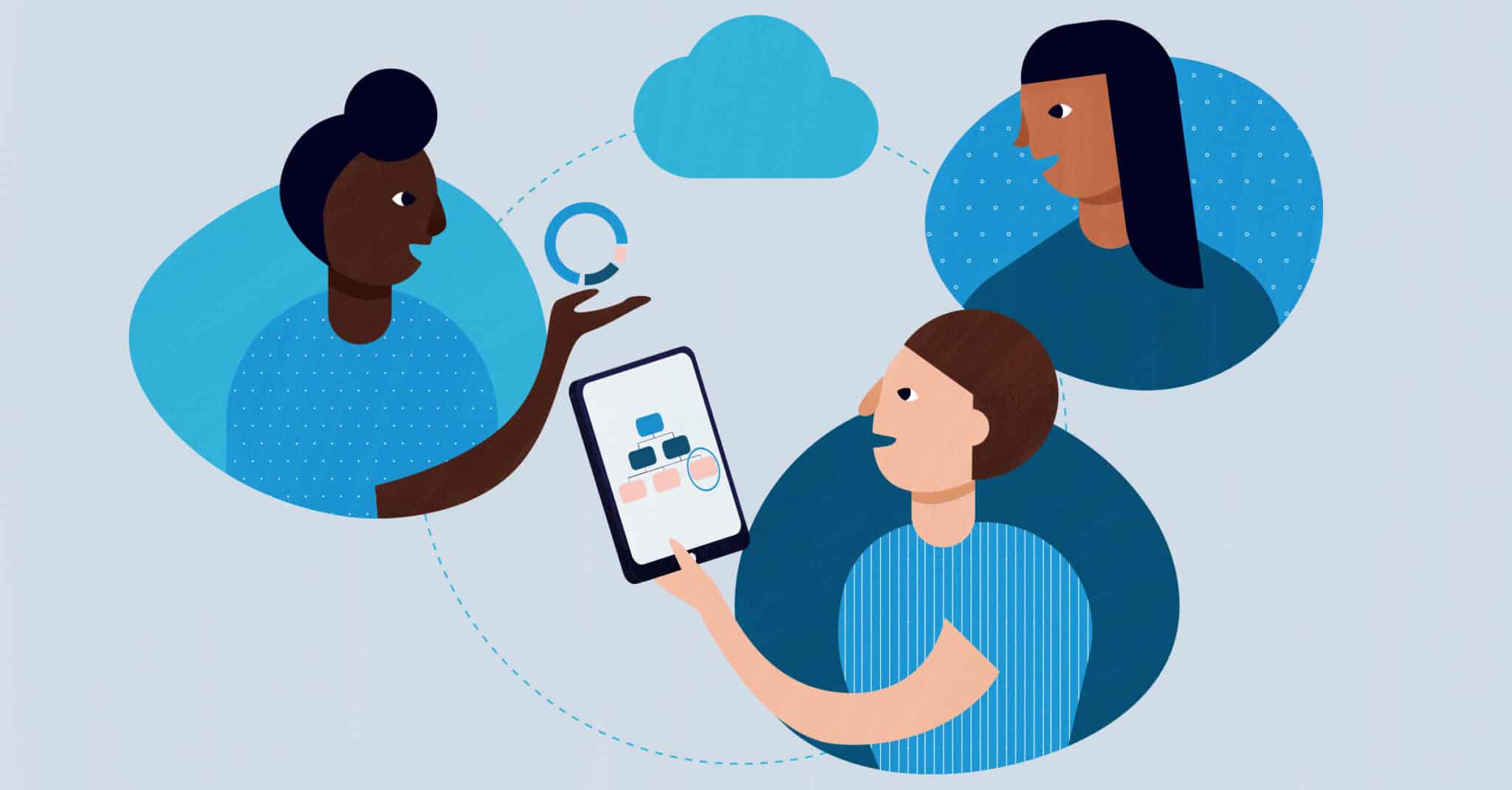In today’s business environment, Diversity & Inclusion is not only a cultural imperative, it’s a business advantage. According to McKinsey and Company’s 2020 report Diversity wins: How inclusion matters, “Companies in the top quartile for gender diversity on executive teams were 25 percent more likely to have above-average profitability than companies in the fourth quartile.” In the case of ethnic and cultural diversity, McKinsey found “top-quartile companies outperformed those in the fourth one by 36 percent in profitability.” In other words, D&I doesn’t just benefit your work environment, it benefits your bottom line.
A survey of corporate employees by Boston Consulting Group featured in Harvard Business Review found that for many organizations, diversity and inclusion is still a challenge: “Half of all diverse employees stated that they see bias as part of their day-to-day work experience. Half said that they don’t believe their companies have the right mechanisms in place to ensure that major decisions (such as who receives promotions and stretch assignments) are free from bias.”
Is your organization working to develop or enhance diversity and inclusion programs? If so, are you finding it challenging to effectively implement those strategies? Here are three of the biggest challenges organizations face on the road to diversity and inclusion.
- They don’t have a full picture of diversity due to a lack of quality HR data
According to SHRM, the number one step in developing a quality diversity and inclusion program is gathering data to understand what their workforce looks like and where it lacks diversity. A survey by Russell Ryan and Associates found that only 35 percent of chief diversity officers actually measure employee demographic data. Without key HR data such as gender, age, ethnicity, language, education and more, companies lack a vital gauge for understanding how best to improve their work environment and promote an environment of diversity and inclusiveness - They face the loss of key talent
This is an especially acute challenge when it comes to age diversity in your organization. As baby boomers in key positions leave the workforce, those positions will be filled by candidates from Generation X, Millennials, and Generation Z. Workers from each of these generations have their own unique approach to work and life. Part of the challenge for organizations will be finding a balance in how you recruit, hire, train, and support workers from different generational backgrounds. - They don’t track their efforts or progress on D&I initiatives efficiently
There’s no shortage of data that HR and business leaders can use to determine the progress of their D&I efforts—from conventional measurements like the number of minority workers or the gender breakdown of your staff to more in-depth measures based on employee feedback. All too often, however, D&I data is not measured uniformly across departments or throughout the entire organization. Different metrics are often gathered in silos, making it difficult to assess diversity in a comprehensive way and to see the big picture.
Where technology can help
If your organization is struggling with diversity and inclusion, or looking to launch a new D&I initiative, you may be wondering how to overcome these challenges. Thankfully, technology can help. Organizational design solutions like Nakisa Hanelly provide HR professionals with user-friendly, cloud-based tools to help smoothly and effectively implement your Diversity & Inclusion program, including:
- Out-of-the-box reports and dashboards designed specifically for understanding your current D&I situation to make quicker, more effective decisions.
- Org chart visualization to track and rework organizational structure to improve diversity.
- Generational data to identify potential mentorship opportunities as well as develop succession plans for each role.
- D&I-specific filters for your comprehensive people data to understand potential pitfalls in your diversity plans and to assess the progress of your initiatives.
Are you prepared to make diversity and inclusion both a cultural and business imperative in your organization? Understanding these key D&I challenges and the potential technology solutions available to overcome them will hopefully put you and your organization on the path toward an increasingly open, diverse, and welcoming work environment.
For more on how Nakisa HR Suite (formerly Hanelly) can help your organization improve its D&I program, check out our recent guide.





